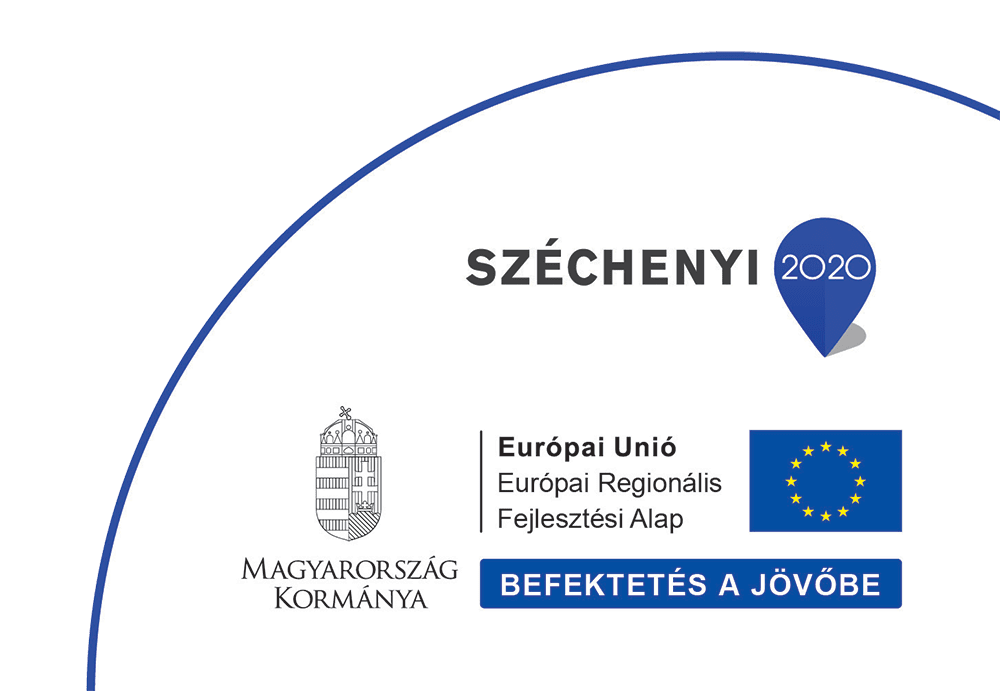E-nose research group - analysis of natural odor patterns and utilization in agricultural sciences
Task
Development of a new type of artificial detector system that will allow to determine the complex fragrance composition of agricultural, cultivated areas. With this system, the presence of pests and pathogens can be predicted in time, thus contributing to the spread of precision agriculture.
Research background
Replacement of the visual pest and pathogen forecasting methods used so far with odor recognition based solutions. The insect odorant receptors are more sensitive by orders of magnitude than sensors based on physical parameters, and at the same time they are suitable to detect many different fragrances.
Solution
Construction of a cellular-based bionic sensor system using insect olfactory receptors. With this system, an infection can be detected on the basis of the odor pattern of plants, even in an asymptomatic state, and pests can be specifically identified.
Realization
Collection of air samples from the surrounding of important crop plants (wheat, barley, corn, berries, grapes, strawberries, raspberries) cultivated under various circumstances (weather, plant condition and contamination, time of day, etc.). Following the binding of the odor substances, these volatile organic compounds will be analyzed by gas chromatography linked to a mass spectrometer (GC-MS), a flame ionization detector (GC-FID) and an insect antenna detector (GC-EAD). Subsequently, the electrophysiological measurement of the reaction of each odor receptor to the fragrances contained in the samples follows the previous phase. Thus, very detailed information can be collected about the operation of each receptor, and about the components of the sample. Cells expressing olfactory receptors and calcium ion sensitive fluorescent proteins are suitable to indicate the receptor activity as fluorescence change. Expressing the same protein in insect odor sensing neurons, a high-resolution fluorescence microscope can also be used to measure the nerve response of the animal to scent samples.
Results
Our goal is to create a digital "odor imprint" by creating an odor panel consisting of several odor receptors, and building a database from the combined results of different types of measurements. Using a sophisticated algorithm to predict the health status of plants from unknown plant fragrance samples with the help of the built database. Our results will contribute to the development of a product that is suitable both for small and large farms alike to quickly assess the status of the infestation under field conditions.

